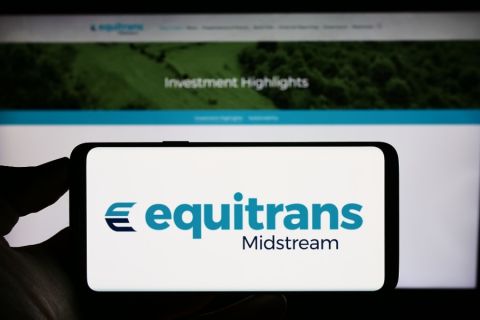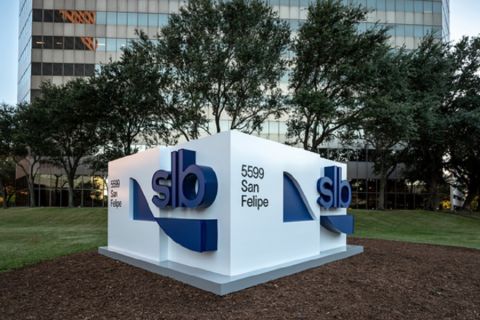As oil and gas companies face increasing pressure from investors and activists to focus on sustainable production in a low-price environment, a newly developed green technology is showing promise in reviving the U.S. shale market.
Locus Bio-Energy Solutions (Locus BE) has formulated green treatments with multifunctional properties for hydraulic-fracturing that require as little as 1/50th of the dosage rate of traditional completions surfactants, significantly lowering costs.
Jonathan Rogers, CEO of Locus Bio-Energy Solutions, told Hart Energy’s Faiza Rizvi how the company’s biosurfactants—under controlled manufacturing conditions—are capable of ensuring both high-performance and cost-effective production. These biosurfactants are then injected at the appropriate dosage rate into the reservoir in a controlled manner to consistently recover maximum oil from the producing well.
In February, the North Dakota Industrial Commission approved a grant to trial new green oilfield chemistries in wells across the state. The trials will evaluate the ability of biosurfactant treatments developed by Locus BE to increase oil mobility and production in a sustainable manner, providing operators with economically feasible means to do more with current assets to overcome depressed oil prices and reduced capital available for new well completions.
Funding was recommended for approval to Creedence Energy Services through the commission’s Oil and Gas Research Program, according to a company release.
“Our products are 100% sustainable. We manufacture them from canola oil and sugar, which are probably the two biggest agricultural outputs of North Dakota,” explained Rogers, adding that his company will work with operators in the Bakken to help them maximize oil production from declining wells.
Rogers also discussed another incentive that his company received last year when the Texas Railroad Commission approved Locus BE’s biosurfuctants as an EOR technology eligible for a 50% severance tax credit on all oil produced for 10 years.
Jump to a topic:
- Biosurfuctants and their application in the oilfield (0:37)
- Roadblocks to adoption (3:45)
- Regulatory support (7:37)
- Future projects and expansion (11:48)
Check out Hart Energy’s first EnergyESG conference agenda and sign up to stream March 31.
Recommended Reading
Hess Midstream Increases Class A Distribution
2024-04-24 - Hess Midstream has increased its quarterly distribution per Class A share by approximately 45% since the first quarter of 2021.
Baker Hughes Awarded Saudi Pipeline Technology Contract
2024-04-23 - Baker Hughes will supply centrifugal compressors for Saudi Arabia’s new pipeline system, which aims to increase gas distribution across the kingdom and reduce carbon emissions
PrairieSky Adds $6.4MM in Mannville Royalty Interests, Reduces Debt
2024-04-23 - PrairieSky Royalty said the acquisition was funded with excess earnings from the CA$83 million (US$60.75 million) generated from operations.
Equitrans Midstream Announces Quarterly Dividends
2024-04-23 - Equitrans' dividends will be paid on May 15 to all applicable ETRN shareholders of record at the close of business on May 7.
SLB’s ChampionX Acquisition Key to Production Recovery Market
2024-04-21 - During a quarterly earnings call, SLB CEO Olivier Le Peuch highlighted the production recovery market as a key part of the company’s growth strategy.





